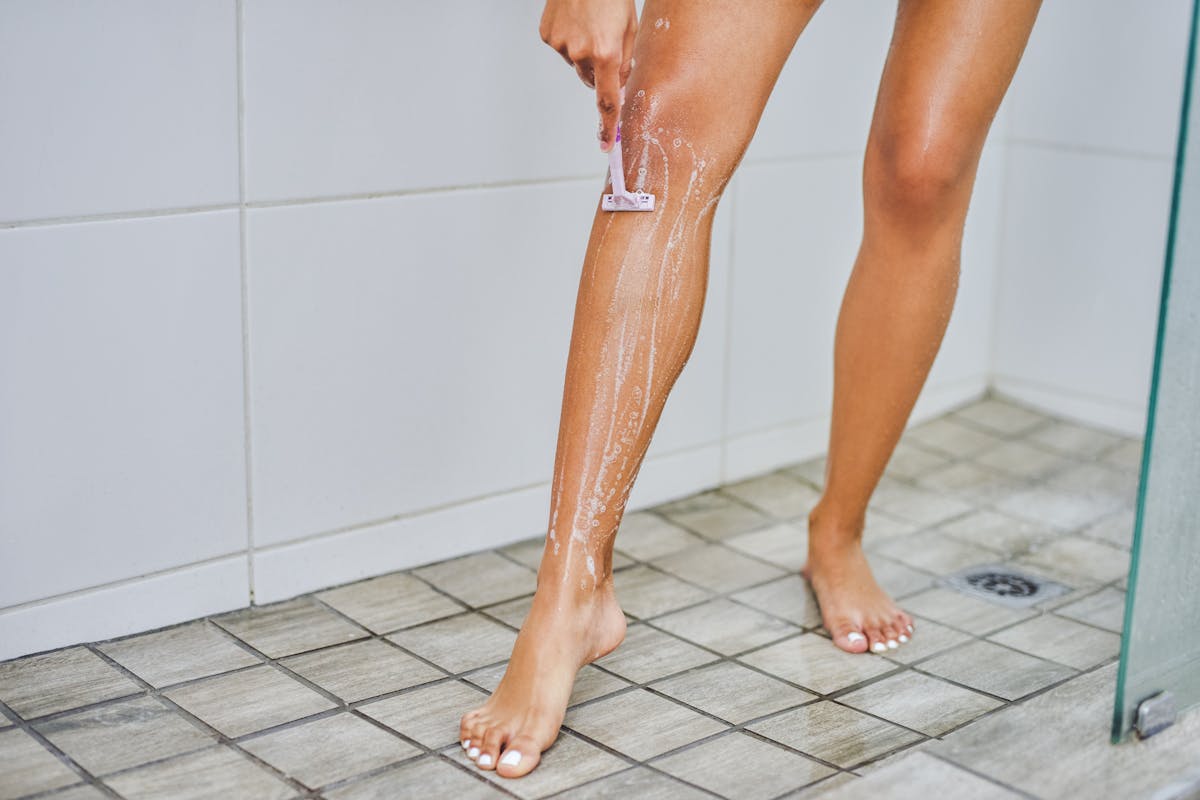Shaving is a great way to get rid of unwanted hair. But if done improperly, it can lead to razor burn.
Razor burn, or pseudofolliculitis barbae, is patches of inflamed skin. These patches often sting or, as their common name implies, burn. Other signs and symptoms of razor burn include swelling, tenderness, and small, red bumps.
